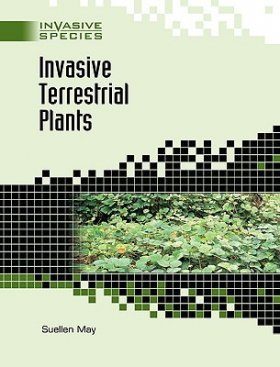



Search in Google ScholarĪ nastasiu, P., N egrean, G., 2008. Analele Ştiinţifice ale Universităţii “Alexandru Ioan Cuza” din Iaşi (Serie nouă). Search in Google ScholarĪ nastasiu, P., N egrean, G., 2005. Impacts of the invasive plant Fallopia japonica (Houtt.) on plant communities and ecosystem processes. The results will further support the control efforts in protected areas where, often, valuable native species are at risk of being replaced by non-native species.Ī guilera, A., A lpert, P., D ukes, J.S., H arrington, R., 2010. The study is aimed to increase the knowledge of the ITPS and, specifically, to contribute to the geographical understanding of the role played by the driving factors in their distribution and spread in various habitats and ecosystems. Amorpha fruticosa, Ailanthus altissima and Fallopia japonica) making use of the information provided by the scientific literature and some illustrative examples developed in the framework of the FP7 enviroGRIDS project. The authors focused their attention on three of the foremost invaders (i.e. The present paper discusses the relationships between some key geographical factors and the Invasive Terrestrial Plant Species (ITPS) distribution, and their environmental implications in a few protected areas in Romania. Geographical factors play an essential role in the occurrence and spread of invasive species worldwide, and their particular analysis at regional and local scales becomes important in understanding species development patterns.


 0 kommentar(er)
0 kommentar(er)
